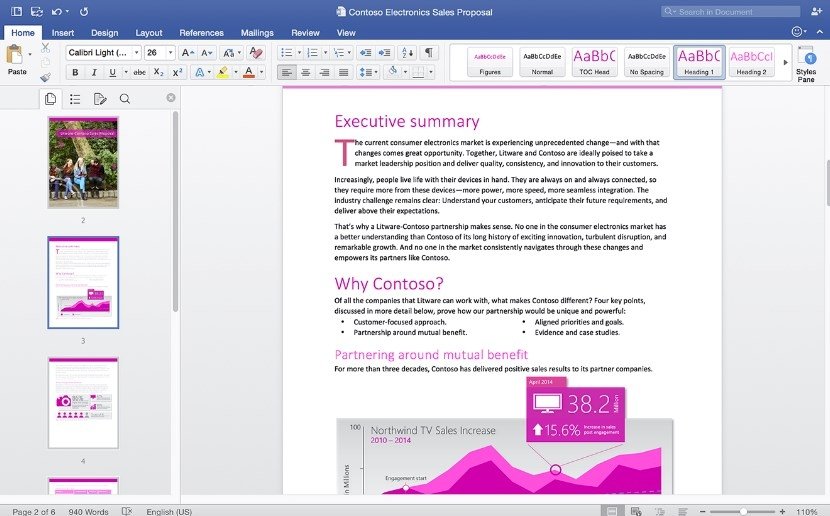Soon Microsoft are to release an update to the Office 2016 Volume License installer on VLSC.
Important: In order to upgrade to Microsoft 365 or Office 2019, your Mac needs to meet the minimum operating system and hardware requirements. With the release of macOS 10.15 Catalina, Microsoft 365 for Mac and Office 2019 for Mac currently support macOS 10.15. Microsoft has released an update for Microsoft Office 2016 64-Bit Edition. This update provides the latest fixes to Microsoft Office 2016 64-Bit Edition. Additionally, this update contains stability and performance improvements.
This update is 15.17 & is the first that has a few changes that may affect the way you deploy Office 2016.
These changes are going to be later enforced in 15.20 & onwards. Below are some details on the changes, some of the why & how via the power of the MacAdmins.org Slack & the awesome @pbowden that some of us have had a sneak peek.

Contents
- 1 What’s Changing?
When you download the .iso from VLSC you’ll notice two packages within it:
The change is the new second pkg: “Microsoft_Office_2016_VL_Serializer.pkg”
What’s that about?
Well, for a while now it’s been fairly common practice to deploy the Office license to Macs outside of the Office installers or updates.
Office 2016 Mac Update 15 17 - Video Results
This came about as on occasion an Office Update or Installer would delete the file.
However, whilst the deletion itself was a bug, the ability to use the license.plist across Macs was also a bug.
What is it & should I use it?
With Office 2016, Microsoft are moving to a device based serialisation method. Which means that deploying the plist /Library/Preferences/com.microsoft.office.licensingv2.plist will no longer work.
This device based serialisation is based around the generating a license on the Mac that is to be running Office 2016.
So if you employ monolithic imaging or deploy Office 2016 via a Composer snap shot etc, the serialisation will not work. (Please don’t deploy Office 2016 via a Composer snap shot, use the pkg).
Also, if you install Office 2016 whilst booted to another volume (as in when installing via a NetBoot or NetInstall volume or something like Target Mode Imaging), again the serialisation will not work.
To install Office 2016 from another volume & have the serialisation work, cache it locally on the Mac being imaged & install on first boot or if using Casper Imaging check “Install on boot drive after Imaging” for the PKG from within Casper Admin.
However, to enable Office 2016 to be correctly licensed in the multitude of deployment scenarios that we mac admins employ, @pbowden & his team have created the “Microsoft_Office_2016_VL_Serializer.pkg”
Running this will correctly serialise the Office 2016 suite, & should be run from the Mac that’s running the suite. So again, can be added post imaging & then the suite will be correctly serialised.
To be clear, this will only affect you if using the Volume Licensed version of Office 2016 & not the Office365 version.
What happens if I carry on copying the licensing.plist?
For now, not much.
15.17 is the first release with the “Microsoft_Office_2016_VL_Serializer.pkg”, from 15.20 (scheduled for Q1 2016) you will have to use the correct license.
How did people find this out?
Well a little over a month ago a gentleman with the nick @pbowden hopped into the #microsoft-office channel on the MacAdmins.org Slack, this was awesome as @pbowden is a: Software engineer for Office for Mac/iOS at Microsoft, a fellow Brit & nice guy.
It’s been a great few weeks with the community sharing feedback with @pbowden & some of us being able to test pre-release installers for Office.

I hope this warning has been as helpful to you, as it was when @pbowden shared it with us.
-->Note
Office 365 ProPlus is being renamed to Microsoft 365 Apps for enterprise. For more information about this change, read this blog post.
Symptoms
By default, installations of Microsoft Office are configured to automatically update your Office installation when new updates are made publicly available. However, if you examine the Account section of the backstage, you may see that updates are disabled or that the command to manage updates is disabled or hidden. For example, the following figure indicates that updates are disabled in the backstage.
Cause
This issue occurs if updates have been manually disable or are managed through Group Policy settings.
Resolution
We recommend that you keep automatic updating enabled for Office installations because this configuration allows Office to automatically update with the latest fixes and security features. To re-enable automatic updates for Office, follow the steps below.

Manually configure automatic updates
If your Office installation is not managed by Group Policy, you can manually re-enable automatic updates by following these steps. If you cannot follow these steps because the Update Options control is disabled or missing, your updates are being managed by Group Policy.
- Start any program.
- On the File tab, select Account.
Note: In Outlook, select Office Account. - On the right side, select Update Options, and then select Enable Updates.
- If you are asked whether you want to let Microsoft Office make changes to your computer, select Yes.
Automatic updates managed by Group Policy
Warning
Follow the steps in this section carefully. Serious problems might occur if you modify the registry incorrectly. Before you modify it, back up the registry for restoration in case problems occur.
If you cannot follow the steps in the 'Manually configure automatic updates' section, this is because the Update Options control is disabled or missing due to a Group Policy. For example, the following figure shows the Update Options control when the Enable Updates option is hidden through a Group Policy:
To examine the registry data that is associated with the Group Policy settings which control this feature, follow these steps:
- Start Registry Editor. To do this, take one of the following actions:
- In Windows 10 or Windows 8, press the Windows key + X, select Run, type regedit in the Open box, and then press Enter.
- In Windows 7 and Windows Vista, select Start, type regedit in the Start Search box, and then press Enter. If you are prompted for an administrator password or for confirmation, type the password, or select Allow.
- Locate and then select the following registry key:
Note: If this key does not exist in your Registry Editor, see How to add the registry key via policy below.
Microsoft 365 Apps for enterprise, Office 2019, and Office 2016
HKEY_LOCAL_MACHINEsoftwarepoliciesmicrosoftoffice16.0commonOfficeUpdate
Office 2013
HKEY_LOCAL_MACHINEsoftwareWow6432Nodemicrosoftoffice15.0commonOfficeUpdate
- Examine the following registry values under the OfficeUpdate key:
- DWORD: EnableAutomaticUpdates
Values:
0 = automatic updates are disabled
1 = automatic updates are enabled - DWORD: HideEnableDisableUpdates
Values:
1 = hide the menu option to enable or disable automatic updates
0 = show the menu option to enable or disable automatic updates
- If you have any questions or concerns about these policy settings, see your domain administrator.
How to add the registry key via policy
The registry key is added automatically when you install ADMX/ADML files. To do this:
Microsoft 365 Apps for enterprise, Office 2019, and Office 2016
- Always download the LATEST admin templates to a location of your choice:Administrative Template files (ADMX/ADML) and Office Customization Tool for Microsoft 365 Apps for enterprise, Office 2019, and Office 2016
- Select the Download button.
- Select either the x64 or the x86 build.
- Select Run and follow the prompts to install the software.
- Copy the *.admx files into the C:/Windows/PolicyDefinitions/ folder.
- Copy the *.adml files from the language-locale subfolder (for instance, 'en-US') into the respective language-locale folder under C:/Windows/PolicyDefinitions/.
Warning
How To Go Back To Office 2016 For Mac 15.xx Versions From 16 ...
Be sure to preserve the same language-locale PolicyDefinitions folder which is applicable to your environment.
Office For Mac 2016 Upgrade

Office 2013
Office For Mac 2016 15.17.0 Updates? - Apple Community
- Go to the Office 2013 Administrative Template files (ADMX/ADML) and Office Customization Tool page.
- Select the Download button.
- Select either the x64 or the x86 build.
- Select Run and follow the prompts to install the software.
- Copy the *.admx files into the C:/Windows/PolicyDefinitions/ folder.
- Copy the *.adml files from the language-locale subfolder (for instance, 'en-US') into the respective language-locale folder under C:/Windows/PolicyDefinitions/.
Warning
Be sure to preserve the same language-locale PolicyDefinitions folder which is applicable to your environment.
After you copy the Administrative Template files to AD DS, you'll find the update policy settings under Computer Configuration > Policies > Administrative Templates > Microsoft Office 2016 (Machine) > Updates in the Group Policy Management Console. You'll also find a description of how to configure each policy setting.
See All Results For This Question
More information
End Of Support For Office 2016 For Mac - Office Support
For more information about configuring the update settings via GPO, see Configure update settings for Microsoft 365 Apps for enterprise.